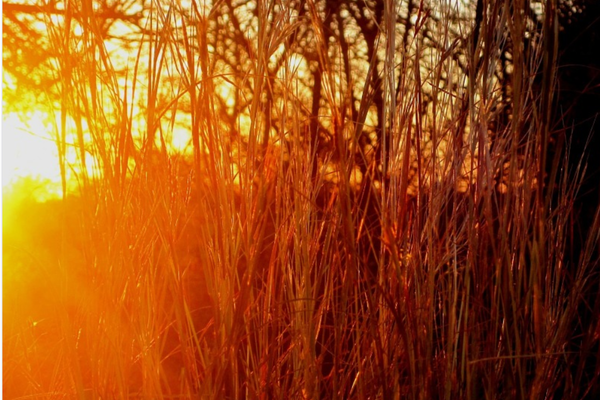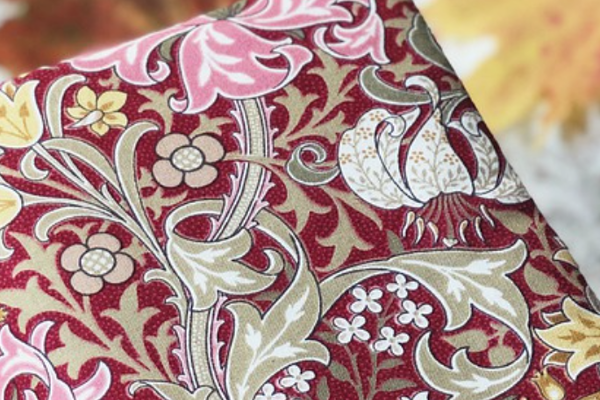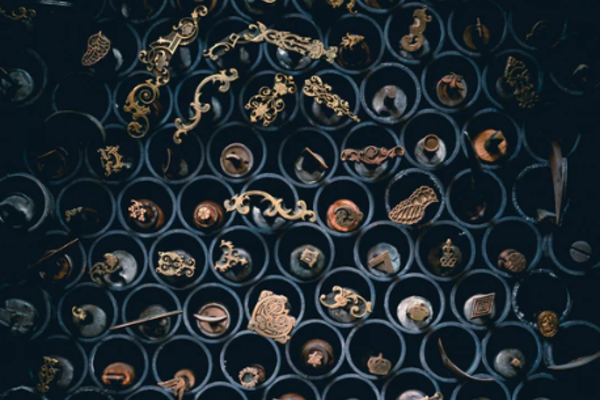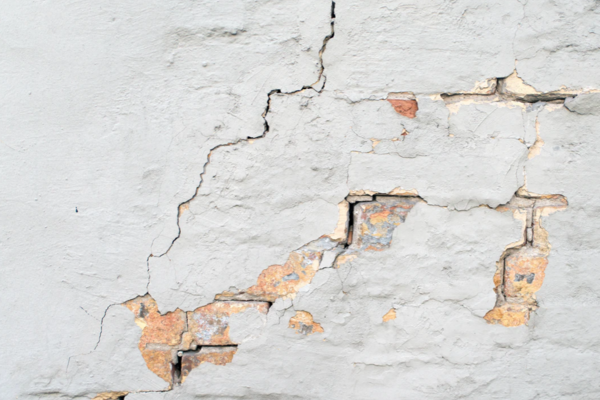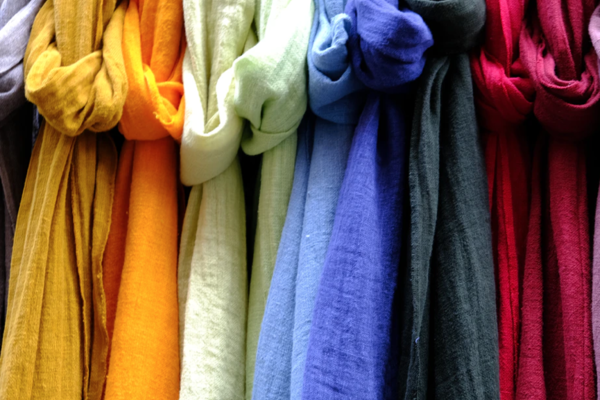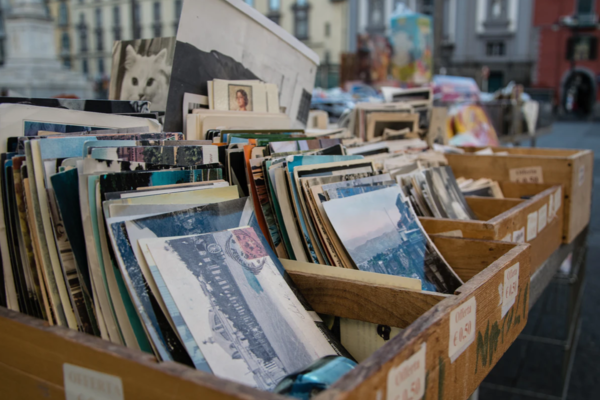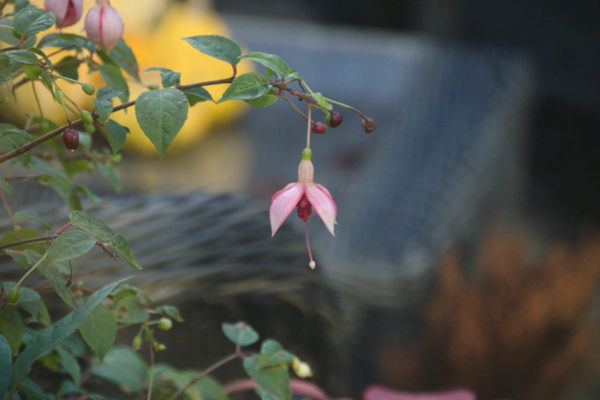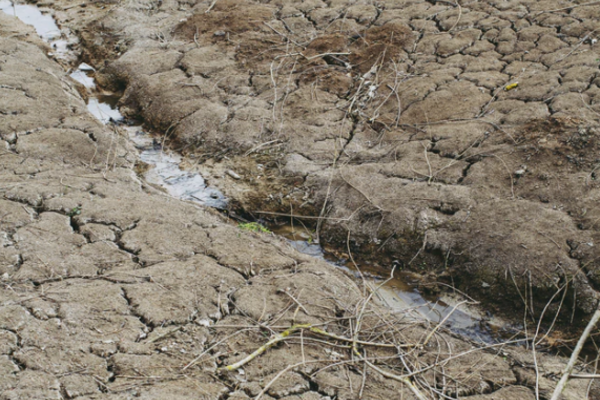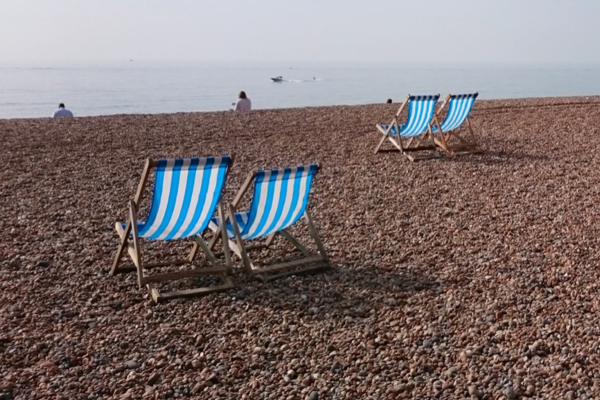Lives of Houses, by Hermione Lee
Lives of Houses was published by Princeton University Press, in the UK and in the States, on 9 March 2020, the week in which our world went into lock-down. The launch party at Senate House in London was the last social gathering any of us have been to for over two months. All the events at literary festivals which we had lined up were, of course, cancelled. We half-expected the book to sink without trace - and in the tragic circumstances of the pandemic, it didn’t seem the most important thing in the world to worry about. But, strangely, the opposite has happened. A book which is concerned with how we think about and remember and look back on the places we live in, has been welcomed as particularly interesting, even helpful and consoling, in these times.
The book, a collection of essays, poems, and illustrations, is OCLW’s first monograph, dedicated to the late Harry Weinrebe, the philanthropist whose foundation enabled the creation of OCLW. It will, we hope, be a lasting monument to the work we do at the Life-Writing Centre. It originally comes out of a conference we held at OCLW in 2017. The emphasis of the conference was on Western houses (British, Irish, American, European) and that has been mainly retained. The event brought together, as “life-writing” tends to do, a great many disciplines and professions, and that mixture is reflected in the book. It looks at the lives of houses from the point of view of archaeologists, museum-curators, fiction-writers, poets, illustrators, biographers, autobiographers, historians and literary critics. It roams around the lives of houses of writers, politicians, composers, collectors, artists - men and women who have shaped and recorded the history of their houses through their own work - and the unknown and obscure. It goes far back in time and travels to vanished or much-altered houses as well as still visitable houses. It tells the story of house-moves, of houses lost and found, of the traces of houses and of their contents.
Lives of Houses is interdisciplinary, pluralist, eclectic and open-ended. It asks and provokes questions, rather than coming to conclusions, about the relationship between houses and their inhabitants and inheritors. It is arranged with an underlying narrative, beginning with quests for houses (some left, some lost, some buried in time) and ending with their reconstruction or re-finding or becoming public sites. In between it explores the family life that goes on in houses, the dreams and fantasies and hopes that attach to them, the creative life that goes on within them, the way they reflect aspirations, social gradations and pretensions, and, by contrast, the lives of those who fear, or miss, or reject, life lived in a house. Overlapping questions run through all the pieces in the collection. What kind of life-choices does the making of a house reveal? What does it feel like to long for a lost house, to have to move house unwillingly, to be unhoused, or to be afraid of living under a roof? What presence do the ghosts of vanished houses play in our lives? What is the cost of keeping up appearances or living in a house beyond one’s means? How does the personality of the inhabitants shape, or become shaped by, the house they live in? The book looks, too, at tourism, house-visiting, and the relationship between biography and houses. Why do we love to visit the houses of the famous, and what do we get from those visits? How should houses best be preserved, and what is the relation between a living house and its afterlife as a museum? What are the financial and political demands at work when a house is maintained by organisations such as the National Trust, or by private owners and inheritors? Lives of Houses opens doors onto what went on between the walls of a house, what secrets a house might contain, how it has been remembered and written about, and what remains of it, in the real world, and in the mind’s eye.


